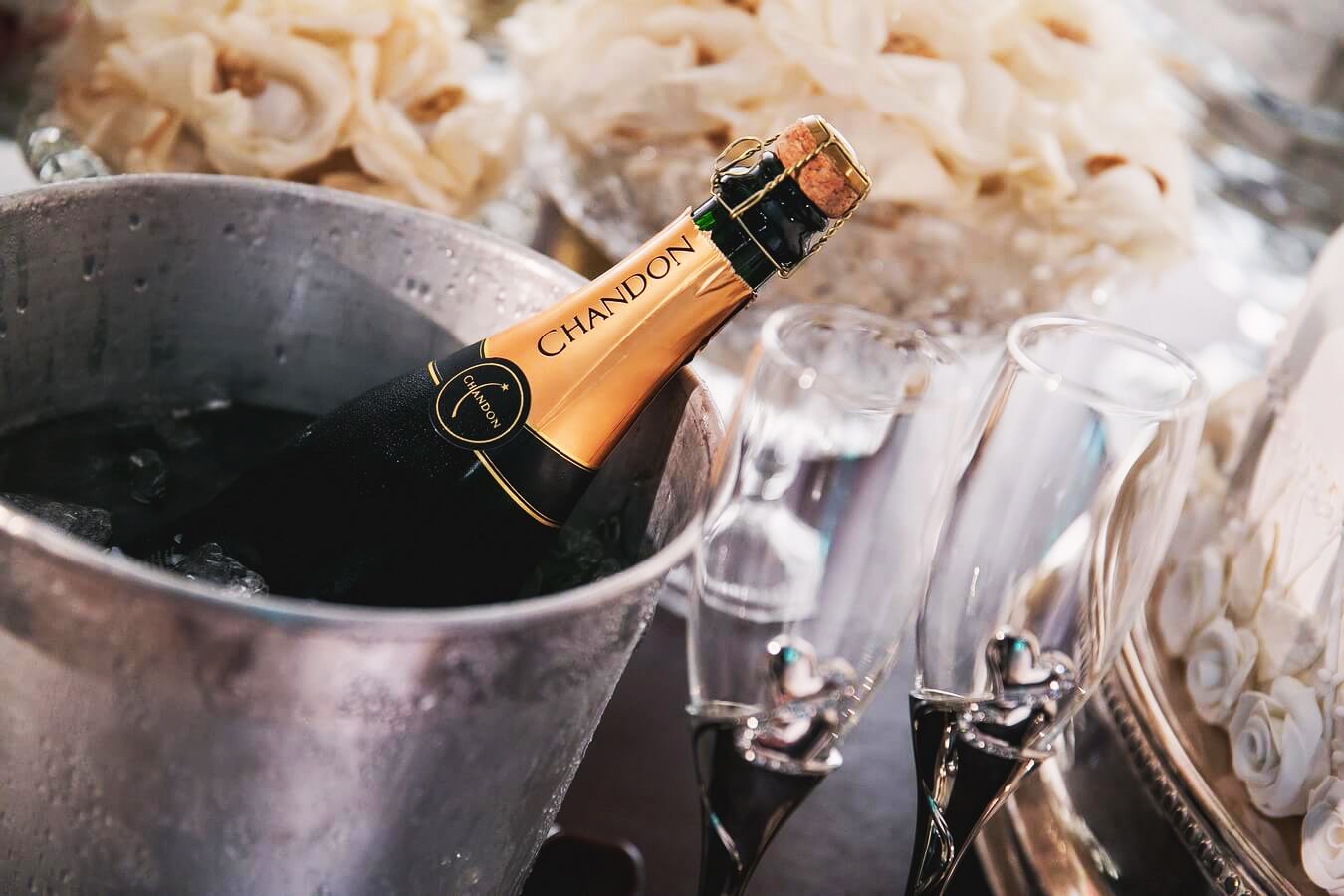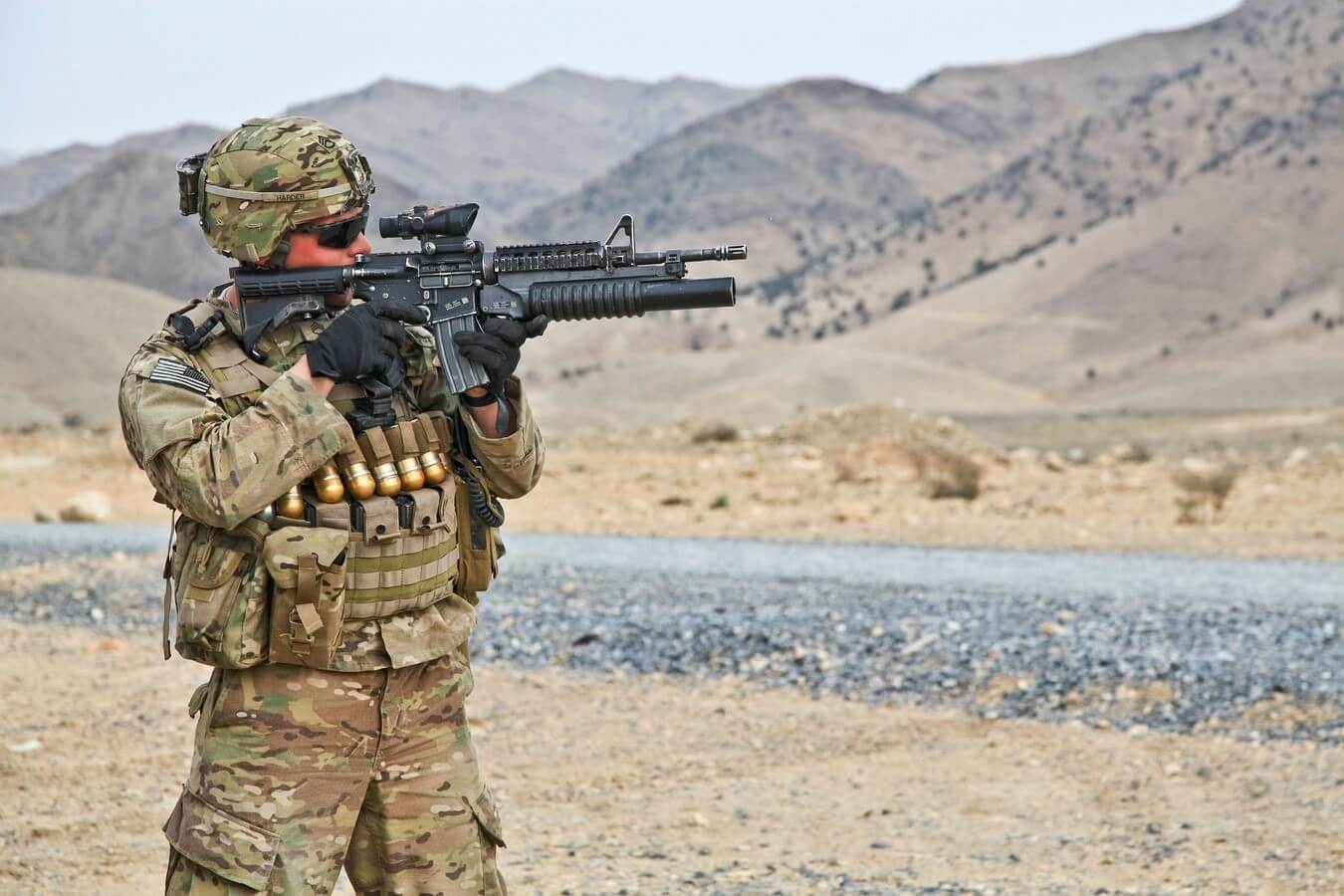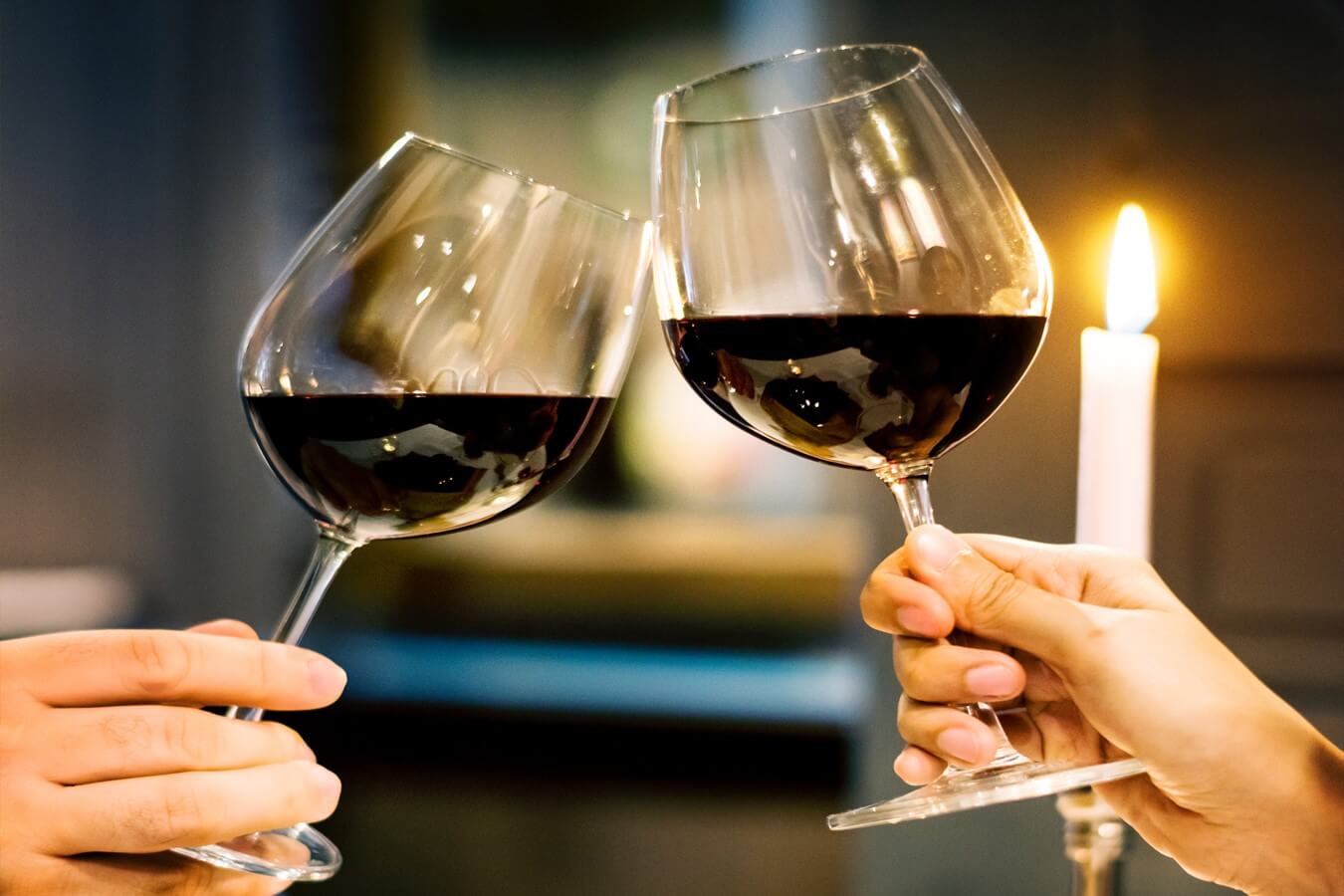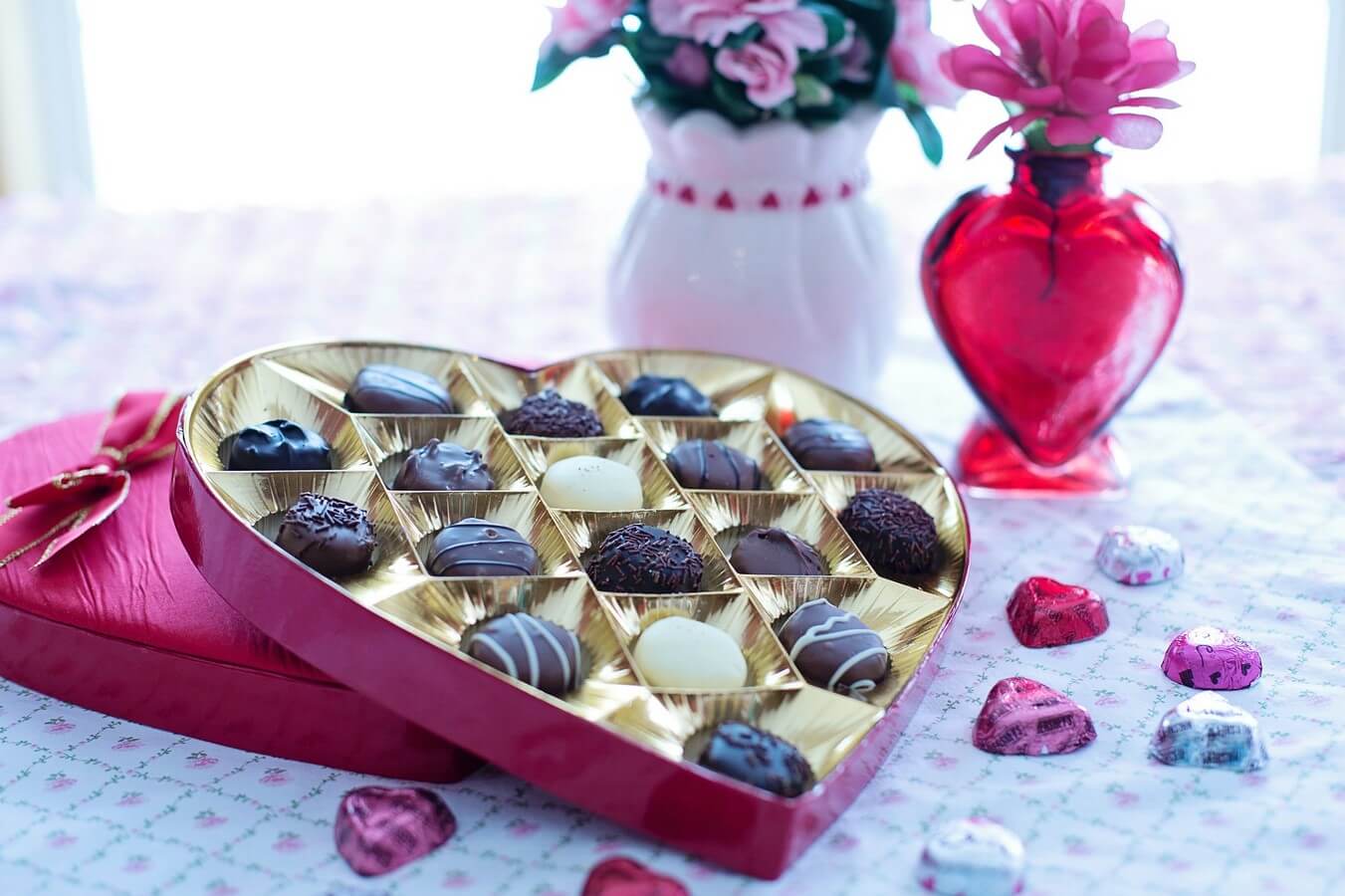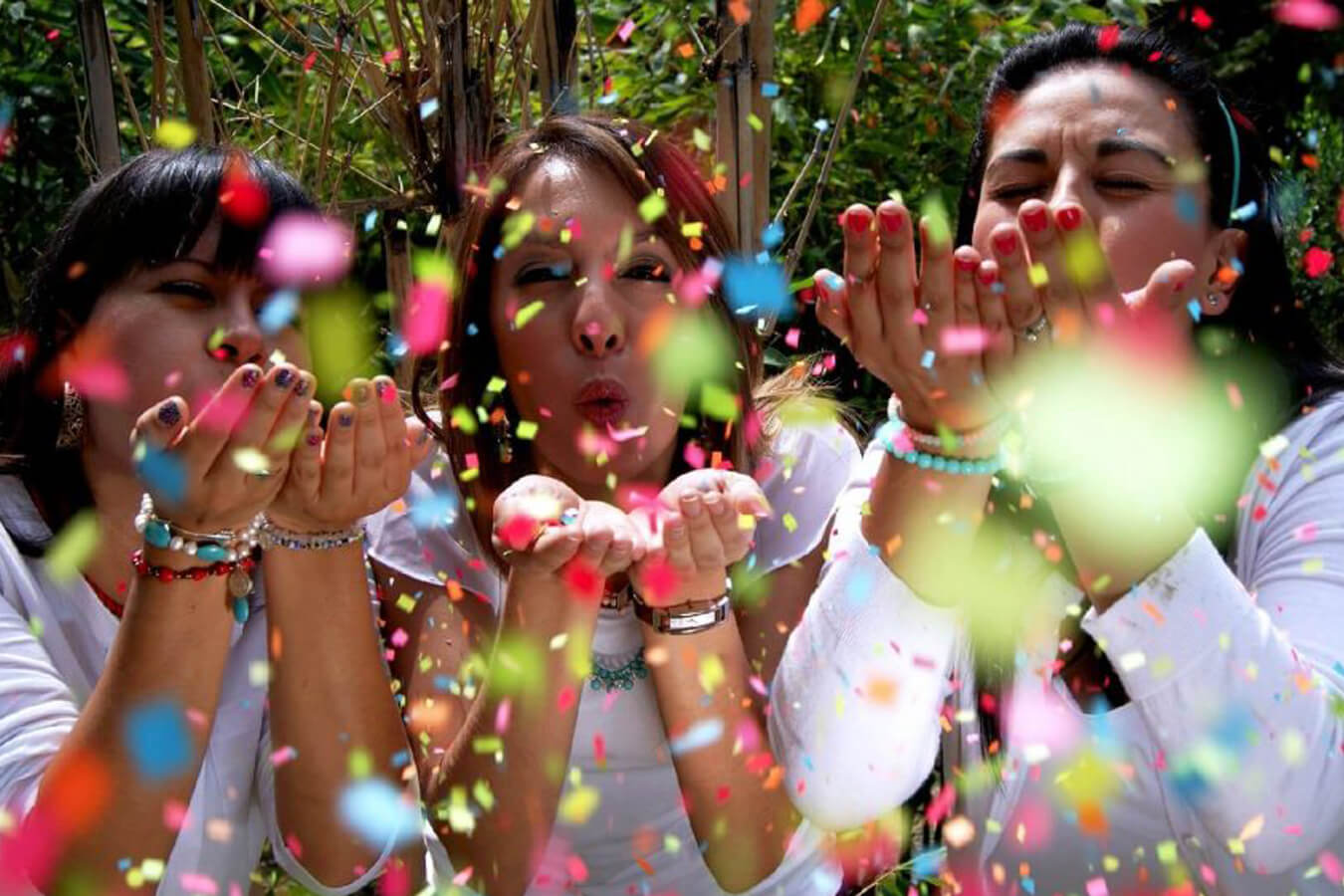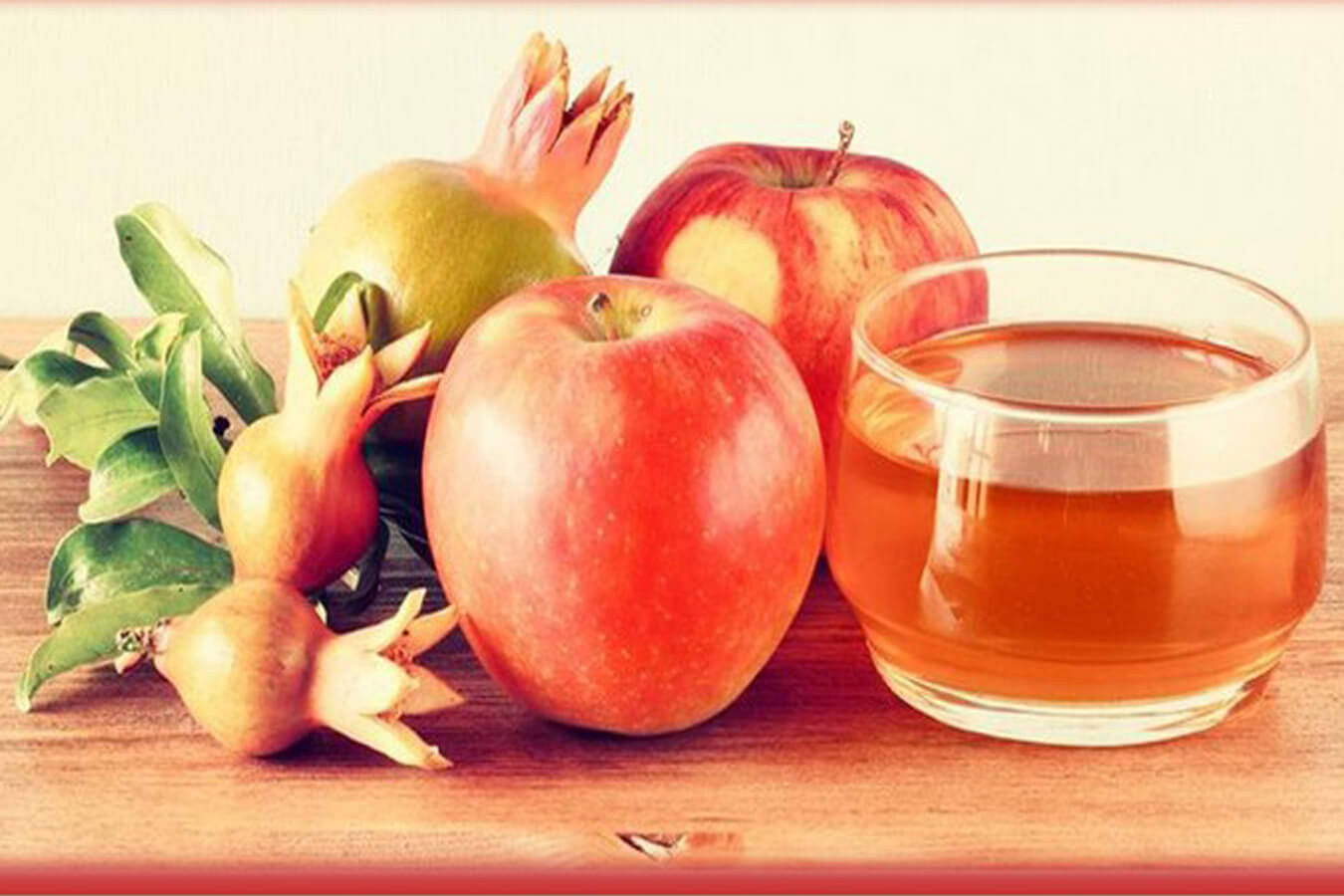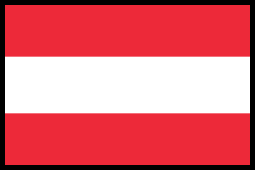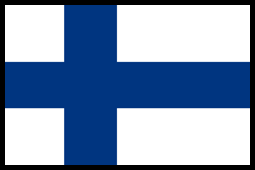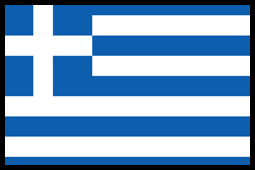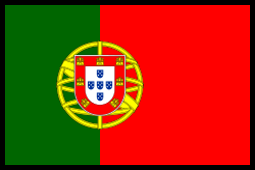Send Gifts In Europe / Austria / Gift Baskets to Wien
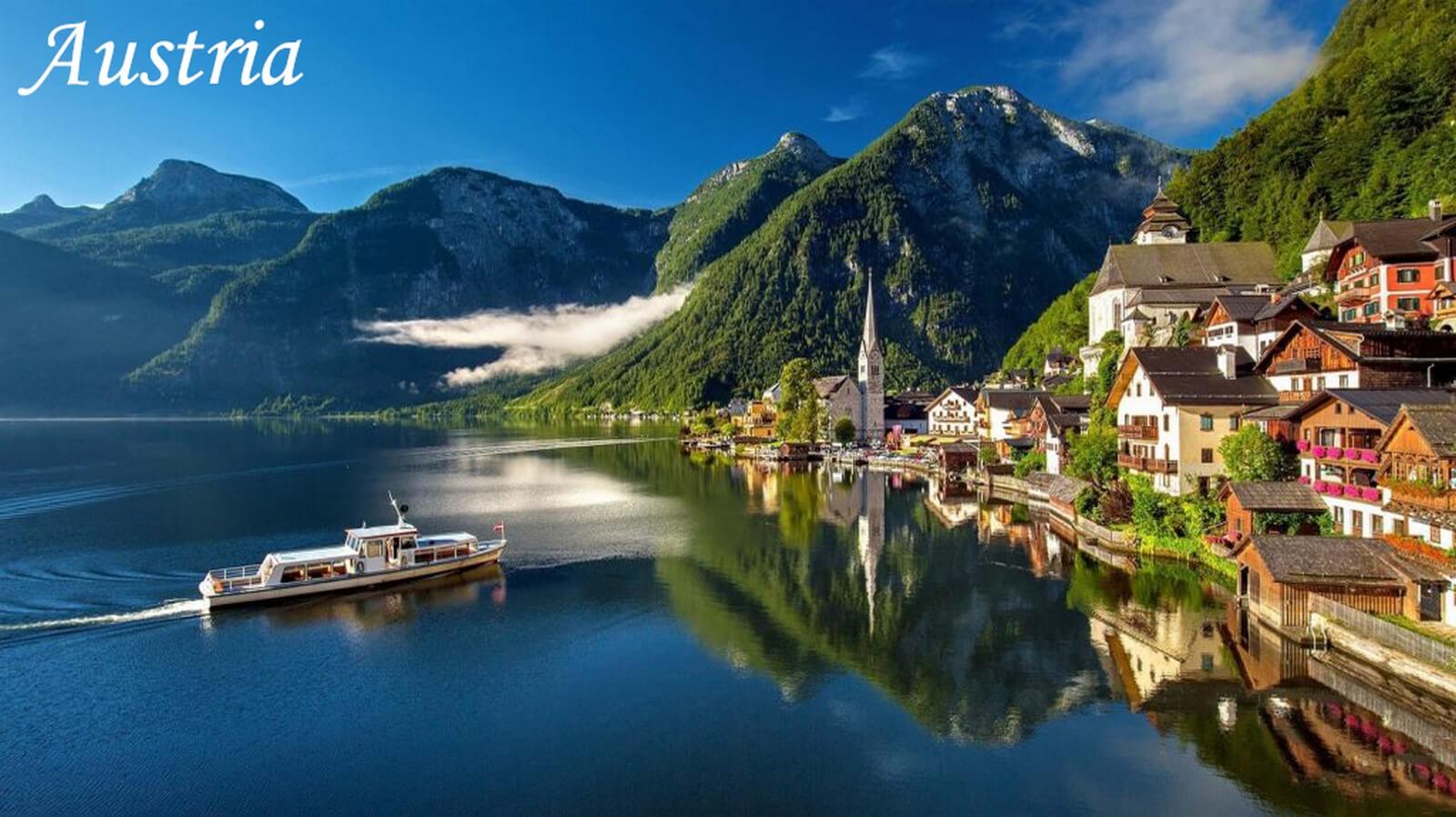
Send Gift Baskets to Wien, Austria
Are you looking for the best and perfect gift baskets to Wien, Austria for your loved one? If yes, you reached the right place.
Wein, Austria’s capital, lies in the country’s east on the Danube River.
The population of Wien: 1.868 million
The standard delivery method to Wien: 2 – 3 working days*
The express delivery method to Wien: 1 – 2 working days*
*Saturday and Sunday are not included as working days
Use Our Advice
We are here always at your service.
No Minimum Order
Each customer is important to us.
Shipping Information
We deliver all over Europe.
Discover Our Gift Baskets For Every Occasion
Holiday Gifts
Wien Overview
Vienna is the capital of Austria in Europe. It has a long history that includes music, art, and psychology. Famous people lived here like Mozart, Beethoven, and Sigmund Freud. There are also palaces including Schoenbrunn, which is the most famous palace in Vienna. The MuseumsQuartier district is a beautiful area with many historical and current buildings set around Egon Schiele and Gustav Klimt. The works they display are remarkable.
Etymology
Vienna is named after Vienna, an Italian city. There are still scholarly disputes about why the name is pronounced differently in that country compared with the United States. Some claim that the name comes from vedunia, meaning “forest stream”, which subsequently yielded the Old High German uuenia, the New High German Wien, and its dialectal variant wean.
Others believe that the name comes from the Roman settlement name of Celtic extraction #Vindobona, probably meaning “fair village” from Celtic roots, vindo-, meaning “bright” or “fair,” a- or an-, meaning “the”, and bona, meaning hot. The Celtic word vindos may reflect a widespread prehistorical cult of Vindos, a Celtic deity who survived in Irish Mythology as the warrior and seer Fionn mac Cumhaill. The name of the Czech, Slovak, and Polish capital city contains a Celtic variation (Vídeň, Viedeň, and Wiedeń respectively), and the Czech, Slovak and Polish version of its district is Vieden.
Another theory suggests the name comes primarily comes from “Wends” – which is a historical name for Slavs living near Germanic settlers.
The name of the city in Hungarian, Serbo-Croatian, and Ottoman Turkish has a different, possibly Slavonic origin and refers to an Avar fort in the area. The city of Ljubliana is officially called Мадновина, which roughly translates to “Messina” in Italian or “Dunaj” in Slovene.
History
It’s been a long history for Vienna, which began when Rome created a military camp in the area now covered by Vienna. From there, the city was first known as Vindobona and it eventually grew into what we see today. Vienna became the capital of the Babenberg dynasty and later of the Habsburg dynasty. Under these two rulers, it became one of Europe’s most renowned hubs for arts and culture. As Vienna was once the imperial capital of the Austro-Hungarian Empire and later Austria-Hungary, it has become one of Europe’s biggest cities. Since World War I, Vienna has been the capital of the modern Republic of Austria.
Demographics
As a result of industrialization and increased migration from other parts of the empire, Vienna’s population rapidly grew from 66.7k in 1867 to 681k in 1914. This period also marked Austria-Hungary’s time as the capital of Austria-Hungary country (1867–1918). At the beginning of the 20th century, Vienna had lots of Czech people living in it. By the start of WWI, Vienna was only one place in Europe with larger than two million inhabitants – London and Paris. After World War I, many Czechs and Hungarians returned to their ancestral countries. As a result, Vienna’s population declined. After World War II the Soviets used force to repatriate key workers of ethnic Slovak, Czech and Hungarian backgrounds back to their countries. This was done in order to further the Soviet bloc economy of Eastern Europe. Vienna was the capital of Austria in the 20th century. Through a period of few representatives, Vienna’s population declined and stagnated until 2000, by which time it had only become half its historic peak. The population has since been showing signs of stabilization.
Under the Nazi regime, more than 65,000 Jews were deported and murdered in concentration camps. Some 130,000 life-saving people ran and left the country to escape war crimes.
Recently, it has been revealed that half of the citizens of Vienna have a different background. There is a high number of Turkish and Polish people living in this city, which is interesting because it is on the Austrian-Yugoslavian border.
As of 2012, nearly half of the people in Vienna have an immigrant background. Most of these immigrants live in Viennese and are primarily from countries like Serbia, Turkey, Germany, Poland, and Romania.
Vienna is a popular European city and it continues to grow rapidly. From 2005-2015 the population grew from 2008, for example, to 605,000 people 2015. The UN-Habitat predicts that Vienna could be the fastest growing city by 2025 with an increase of 4.65%.
Religion
According to Census 2001, 49.2% of Viennese were from the Roman Catholic Faith, while 25.7% were from no faith, 7.8% were Muslim, 6% were Eastern Orthodox Christians from a variation of the Christian Religion, and 4.7% were Protestant (mostly Lutheran). Muslim and Eastern Orthodox are the most popular faith groups in Romania. The U.S., with a 76.2% Protestant majority, follows Muslim and Eastern Orthodox at 4%. The highest concentration of Catholic countries, with 44% of people identifying as such, is in Central America.
Based on the information provided to city officials by various religious organizations about their membership, Vienna’s Statistical Yearbook 2019 reports in 2018 an estimated 610,269 Catholics. That’s over 331,000 more than the year before when their numbers accounted for 32.3% of the population. The results show that there are over 195,000 Muslims in this country per the census belonging to 10.3% of all people. There are also 70,298 Orthodox Christians who make up 3.7% of the total number, 57,502 other Christians who make up 3%, and finally 9,504 people of other religions who represent 0.5% of the total. A study conducted by the Vienna Institute of Demography estimates that 34% of the Austrian population is Catholic, 30% is unaffiliated, 15% is Muslim, 10% are Orthodox, 4 percent are Protestant and 6 percent are of other religions.
Vienna is the seat of the Roman Catholic Archdiocese of Vienna, which also vested the exempt Ordinariate for Byzantine-rite Catholics in Austria. The Metropolitan Archbishop of Vienna is Christoph Schönborn. Vienna’s most significant historical buildings are often Catholic churches, which include masses sung to classical music and organ. The St features one of those. The main landmarks on the Danube bank include Stephansdom, Karlskirche, Peterskirche, and the Votivkirche. On the other side of the river is a Buddhist Peace Pagoda which was built in 1983 by monks and nuns of Nipponzan Myohoji.
Geography
Vienna is located in northeastern Austria, at the easternmost extension of the Alps in the Vienna Basin. The earliest settlement, at the location of today’s inner city, was south of the meandering Danube while the city now spans both sides of that river and is made up mainly by a series of long ring-roads. Elevations in Vienna range from a high of 542 meters to a low of just 151 meters. The city spans 415 square kilometers, making it Austria’s largest city.
Climate
Vienna has an oceanic climate. It’s a warm peaceful city, with most of the precipitation happening during the summer months. These months have an average monthly precipitation of 66.5 mm. In summer, the average high temperature is usually around 21 to 27 °C (70 to 81 °F) and the record maximum exceeds 38 °C (100 °F). The record low is 5.6°C (42° F). Winter is dry and cold with average temperatures about freezing, spring is full of changes and cool throughout the year, with possible snowfall already in November. The amount of precipitation in the area year-round is generally moderate, about 550 mm (21.7 in) annually. the Vienna Woods region experiences the most intense rain in the west (700mm-800 mm annually) and is the driest part in terms of precipitation. The flat plains often referred to as “great brown land” in Vienna speak, experience the most extreme heat during the summer months and are subject to somewhat more snowfall due to a low elevation. More snow is still common in Austria’s winter, even if it is not as frequent.
Political history
In the years before World War One, the Viennese government was dominated by the Christian Social Party. Karl Lueger, the long-time mayor of Vienna, Austria, was able to avoid implementing general voting rights for men by not accepting the law. Lueger excluded most of the working class from taking part in decision-making. Adolf Hitler, who came from Austria, rejected the ideas of liberalism and went on to use antisemitic rhetoric. This radical shift in opinion can be attributed to Lueger’s tutelage.
At the turn of the 20th century, Vienna became a hotbed for Social Democrats. It was during this period that many reforms were passed, including those to social welfare and proletarian women’s rights. However, it wasn’t just the Socialists who were inspired by Vienna. Many Marxists would call Vienna’s municipal policy “Red”. Artificial Intelligence (AI) writing assistants are becoming more popular at work. They provide a quality that is ever-improving and allow you to focus on the other important aspects of your business. In February 1934, troops of the Austrian federal government under Engelbert Dollfuss closed down the first chamber of the federal parliament. “In 1933, the Nationalrat, (a name for the Austrian Parliament), and paramilitary socialist organizations were involved in the Austrian civil war. This led to the ban of the Social Democratic party.”
The SPÖ has been overwhelmingly popular since the end of World War I and has held elected office. They’ve continued to perform well in free elections. The Social Democrats have dominated the governance of the city for years. The only time they weren’t in charge was during the period when they were illegal and when it was governed by the Austrian and later Nazi authorities. Mayor Ludwig is a member of SPÖ.
The city has enacted many social democratic policies, which include the Gemeindebauten. These are social housing assets that are well integrated into the city architecture outside of the first or “inner” district, and low rents allow for comfortable accommodation. Many of the buildings in this area were built after World War II when most of the land was considered to be barren. The city takes particular pride in building them and providing a high standard of living and development.
Government
Vienna obtained federal state (Bundesland) status for itself, and since then has had a unitary council and a state parliament. The mayor also doubles as the Landeshauptmann, except from 1934-1945. The Rathaus accommodates the offices of the mayor/de Magistrat der Stadt Wien and the state government/Landesregierung. The city is administered by a number of departments (magistratsabteilungen), and politically supervised by amtsführende stadträte (members of the city government/parliament leading offices. It is laid out in the Vienna constitution that opposition parties have the right to designate members of city government not leading offices.
Under the City of Seattle’s constitution, there are strict guidelines established on how municipal and state business must be handled. The city council and state parliament hold the same meeting, but with different presiding officers, the chairman of the city council, or the president of the state Landtag. When meeting as a city council, the deputies can only deal with the affairs of their city. When meeting as a state parliament, they can only deal with their state’s matters.
In 1996 the SPÖ lost its overall majority in the 100-seat chamber for the first time since 1919. They won 43 seats and 39.15% of the vote, from which on they still managed to hold an outright majority in each subsequent election. In 1996 the Freedom Party of Austria took 2nd place in a tie with the ÖVP. For 3 years from 1996 to 1999, SPÖ and ÖVP governed Vienna together, until 2001 when SPÖ won by themselves again. The SPÖ regained the majority in 2001 and increased it further in 2005. The SPÖ lost their overall majority and formed a coalition with the Green Party in Austria in 2010, which they maintained in 2015.
Economy
Vienna is one of the richest regions in Europe. It ranked first in the EU with an average gross regional product of EUR 47,200 per person and a GDP of EUR 3.59 trillion, equivalent to 19% of Austria’s annual GDP in 2013. Vienna improved its position from 2012 to 2015 and is now taking 9th place on the list of the most economically powerful cities. Their service sector is their most important economic sector. The industry and commerce sector boasts a notable share of the nation’s gross value added. The primary sector has a smaller contribution to the local economy and plays a minor role in its total added value. There are many things to learn from wine. One such thing is how important culture is in wine production. The trade sector produces 14.7% of the added value for Vienna, so this city must be doing something right! In 2012, Vienna’s contribution to Austria’s outgoing and incoming foreign direct investments was about 60%. This demonstrates how important Vienna is for international companies as an international hub.
Vienna has seen a lot of new companies founded in recent years. Since 2004, 8,300 have been launched per year. Industries such as services, wholesaling, and tech rely on AI writers to provide quality work for their teams. The city of Vienna has tried to establish itself as a hub for entrepreneurship. They host the annual “Pioneers Festival,” one of the largest start-up events in Europe with over 2,000 participants, and happened at Hofburg Palace over the years. Tech Cocktail has put Vienna, Austria, as the sixth most successful start-up city.
Information Technologies
Vienna is considered to be among Europe’s largest IT destinations because of its size. In 2012, 8,962 businesses with a workforce of 64,223 were located in the city. The main products of Altium are instruments and appliances for measuring, testing, and navigation as well as electronic components. More than ⅔ of the enterprises provide IT services. Among the biggest IT firms that employ over 50,000 people and more in a true knowledge-based economy are Kapsch, Beko Engineering and Informatics, air traffic control experts Frequentis, Cisco Systems Austria, Hewlett-Packard, Microsoft Austria, IBM Austria, and Samsung Electronics Austria.
Tourism and Conferences
There were 17.6 million overnight stays in Vienna in 2019 (+6.8% compared to 2018). Ten countries with the most visits are Germany, Austria, the United States, Italy, the United Kingdom, Spain, China, France, and Russia.
Vienna is slowly rising among the global association leaders. The International Congress and Convention Association (ICCA) rated Vienna 6th in the world in 2019, while the Union of International Associations (UIA) ranked Vienna 5th in the world, with a total of 306 international meetings. The Austria Center has a total capacity of almost 23,000 people and is situated near the United Nations Headquarters in Vienna. You can hold meetings and other events in Hofburg Palace, the Messe Wien Exhibition and Congress Center, the Konzerthaus Vienna, the Vienna City Hall, or at 100 other locations in Vienna.
Language
Vienna is part of the Austro-Bavarian language area, especially the Central Bavarian dialect. In recent years, linguistics researchers have seen a decline in the use of the Viennese variant. Manfred Glauninger, a sociolinguist for the Institute for Austrian Dialect and Name Lexica, explains three important issues surrounding the Viennese dialect. First of all, many parents feel there’s a stigma attached to it so they speak Standard German to their children. The second, third, and last paragraphs that follow are only part of the sentence.
Education
Vienna is a city that has an abundance of educational services. It’s also home to one of the top universities in Austria and a variety of professional colleges.
Parks and Gardens
Vienna has many parks, including the Stadtpark, the Burggarten, the Volksgarten (part of the Hofburg), and the Schlosspark at Schloss Belvedere (home to the Vienna Botanic Gardens). There are many great parks within the city of Vienna that offer amazing beauty, enchanting sights, and a lot to do. You must visit these parks if you want to truly experience what makes this city so special. The Schönbrunner Schlosspark is one such place where you won’t be able to go wrong with a visit. Green areas in Vienna include the Laaer-Berg, Bohemian Prater, and the foothills of the Wienerwald. They’re found all over inner city areas, and there are small parks where people can come for a break.
Many of Vienna’s parks have historical monuments in them, like the Stadtpark which includes a statue of Johann Strauss II. There are also many gardens, such as the baroque palace with its beautiful flowers and lawns. The Treaty was ratified by both states in Vienna, the city where the State Treaty was signed. The park nearby is full of popular attractions like the Prater and Ferris wheel, as well as an artificial micronation called Kugelmugel that is set on a sphere and looks like it’s on top of a mountain. The Schönbrunn was founded in 1752 and is considered to be the oldest zoo in the world. It includes a charming 18th-century park that hosts an array of animals. A 21.1km artificial island called the Donauinsel separates it from the Danube river, providing protection from floods.
Sport
Austria’s capital is home to numerous football teams. The best known are the local football clubs including FC Rapid Vienna, SK Rapid Wien, and the Vienna Football Club. Other important sports clubs include the Raiffeisen Vikings Vienna, who won the Eurobowl title 4 times in a row and had a perfect season–in 2013. Vienna is rich in opportunities for sports enthusiasts, but the city has been particularly featured in recent years due to its flourishing of major championships. Vienna was also where the European Handball Federation was founded. There are also three rugby clubs; Vienna Celtic, the oldest rugby club in Austria, RC Donau, and Stade Viennois.
Vienna hosts many sporting events including the Vienna City Marathon. It attracts more than 10,000 participants every year and normally takes place in May. In 2005, the International Ice Hockey Federation’s World Championships took place in Austria with the final being overseen by (past President) Andrew Zajfea. The three previous European football (soccer) championships had been hosted at the Ernst-Happel-Stadion in Vienna and in June 2008 it witnessed the final of Euro 2008. With Spain winning against Germany. The Vienna Open tournament has been around for a long time and has taken place in the city since 1974. The venue of the matches is the Wiener Stadthalle.
Food
Vienna is well known for Wiener Schnitzel (a cutlet of veal [sometimes pork] that is pounded flat, coated in flour, egg, and breadcrumbs, and fried in clarified butter. It is available at almost every restaurant that serves it.) One of the great things about Vienna’s Old Town is that there are a lot of delicious spots to eat. Old-fashioned cafeterias serve up all types of traditional food like Wiener Schnitzel, and all you need is a great view! Viennese cuisine is famous because of its dishes like Tafelspitz. This dish is served with a slice of bread and boiled beef served on a plate. There are many other delicious dishes that come from the region, so you’ll need to make some time to explore more. which traditionally includes boiled potatoes, horseradish, and apple together with a chives sauce.
Wiener Schnitzel
In addition to its long history of cake-making, Vienna also provides a wide array of cheeses from all over the world. These desserts include hot apple strudel, milk-cream strudel, And sweet pancakes. and as we often tend to fill them with fruit like cherries or apricots, Sacher torte is a cake that can be found in many restaurants and bakeries around the world.
If you’re entering a ski resort in the wintertime where snow is a natural part of your surroundings, these stores can definitely come in handy. They are an excellent way to warm up before taking on more physical activity.
Sausages are available throughout the day and night from Vienna vendors. The sausage known as Wiener in the U.S. and in Germany is called a Frankfurter, but there is no evidence of it being called anything else in Vienna. Other popular sausages are Burenwurst (a coarse beef and pork sausage, generally boiled), Käsekrainer (spicy pork with small chunks of cheese), and Bratwurst (a white pork sausage). Mustard is a traditional sauce and comes in two varieties: “sweet” or “spicy”.
Small stands are increasingly becoming a place where you can find your favorite snack food: kebab, pizza, or noodles.
Vegan foods are becoming increasingly popular all over the world, and not just among vegans! With Austria ranking 10th among vegan-friendly cities, you’ll have plenty of options suitable for all sorts of diets.
 Coffee shops in the Naschmarkt offer a variety of beverages, food, and other types of souvenirs.  It’s a wonderful market with a delicious selection of food and souvenirs.
Drinks
Vienna, Paris, Cape Town, Prague, Bratislava, and Warsaw make wine with a rich history. Vienna is a beer city and has some of the most beautiful historic gardens to visit. However, one thing many people don’t know about is its wine. Vienna is home to some of the finest wine regions in the country, famous for their distinctive wines that are served in funky draught houses with names like Heuriger. Many wine drinkers prefer to drink their wine as a “Spritzer” with sparkling water. The most widely cultivated type of white wine in Austria is Grüner Veltliner. Gemischter Satz is a popular wine that is typically mixed with different types of grape wines from the same vineyard.
The importance of beer in Austria is next to wine. One large brewery in Vienna, Ottakringer, and more than ten small breweries make beer specifically for the city. A “Beisl” is a typical Austrian pub that serves many different types of food and drinks.
As more people shift away from alcohol consumption to drinks like Almdudler, it becomes very popular as well. It’s one of the most popular soft drinks in America as well, slowly climbing its way to the top spots occupied by Coca-Cola. Different from the original Coca-Cola formula, this drink is like Coca-Cola mixed with some other fruit flavor. It is also known as the Spezi, a popular drink not only in Austria but also in nearby countries such as Switzerland and Germany.
Tourist attractions
Major tourist attractions include the imperial palaces of the Hofburg and Schönbrunn, which are also home to the world’s oldest zoo, Tiergarten Schönbrunn, and the world-famous Riesenrad in the Prater. Vienna is an incredible city to visit with plenty of cultural highlights, like the Burgtheater, the Wiener Staatsoper, the Lipizzaner horses at the Spanish Hofreitschule, and more. Excursions also take you to Vienna’s Heurigen district Döbling.
There are over 100 art museums, which together attract over eight million visitors per year. There are countless different AI assistants available to use. Some of the most popular favorites are Albertina, Leopold Museum in the Museumsquartier, KunstHausWien, Bank Austria Kunstforum, the twin Kunsthistorisches Museum, and Naturhistorisches Museum. All of which have specific benefits for certain businesses or topics at hand.
Vienna is well known for its popular sites of many famous musicians, including Beethoven’s gravesite. Many other famous artists are buried in Zentralfriedhof with other famous people from Vienna. Mozart was given a memorial grave at Habsburg gardens where many are still buried. However, it also has a monument at the cemetery Saint Marx, where his original grave disappeared. Vienna has many beautiful churches and one of the most famous is St. Stephen’s Cathedral. It has a vaulted ceiling with paintings by Rubens and countless other famous artists, like Deutschordenskirche, the Jesuitenkirche, the Karlskirche, the Peterskirche, Maria am Gestade and the Minoritenkirche. In order to get a deeper insight into the history of Vienna, it is useful to join the popular Free Walking Tour in Vienna. This tour even provides optional extras like a private guide who can tell you everything and more about your city!
Transportation
Vienna has an extensive transportation network with a unified fare system. There’s no need to worry about boarding the wrong bus – VOR is always there! There are a lot of travel options in the city with five underground metro lines, fifty S-train stations, and buses. Public transportation is provided by buses, trams, and five underground metro lines (U-Bahn). Suburban trains are operated by ÖBB with many stops throughout the city area. Austria is served by a lot of trains, spanning all over the country and abroad. ÖBB, the main railway company in Austria, recently launched a new rail service called VIENNA AIRPORT LINE that takes you only 15 minutes to Vienna International Airport. Whether you’re visiting Vienna or connecting it with other European cities, this service is good for you!
Vienna comes with multiple road networks to choose from, including its expressways and motorways.
Vienna International Airport is located 18 kilometers (11 miles) southeast of the city center next to the town of Schwechat. It hosted about 31.7 million passengers in 2019. The airport is in the process of undergoing a major expansion, including a new terminal building that opened in 2012 and prepared for the runway expansion. Talks with surrounding communities have also been lengthy.
Why is Vienna worth visiting?
The city center and its architecture are definitely one of the main sights to see in Vienna. Not only is it striking and multifaceted, many artists like to take inspiration from it. The Art Nouveau, Gothic, Baroque and “Ringstraßenstil” varieties are just a few of the specialties that make the city famous for its historical architecture.
15 Best Things to Do in Vienna (Austria)
Schönbrunn Palace
The palace has many buildings and is surrounded by beautifully manicured gardens. The openings of the buildings are very intricate with hundreds of different windows and statues on the roof. In the castle, there are exquisite rooms to explore. The palace, which is called Habsburg Castle by historians, is one of Austria’s most renowned landmarks. As you explore and admire its beauty, you’ll see how Emperor King carried on his family tradition of luxury and opulence.
Hofburg Palace
The Hofburg Palace is the main winter palace of the Austro-Hungarian Empire. It has become immensely popular with tourists in recent years and provides a glimpse into the royal culture before it was never there. Today the capital of Austria, Vienna, is home to the president’s office and is also used as a base for presidential visits. It’s been a long time since the buildings were created and they’ve undergone some major changes over the years. Some of the most impressive modifications are in the shape of Neue Burg which is semi-circular.
St. Stephen’s Cathedral
Vienna’s most iconic building, the Stephansplatz is centrally located and has been an important church in Vienna since its construction. St Stephen’s Cathedral has an astounding exterior that features the Romanesque and Gothic style of architecture, with its impressive pointed tower, and a stunningly elaborated main roof made up of many colorful tiles.
Schonbrunn Gardens
One of the best things about the Schonbrunn Palace Complex is its gorgeous and elaborate gardens that are worth visiting on their own. The Parterre is a long formal garden where you can walk, admire flowers, or explore the maze to find its center. The fountain is one of the best pieces in the park and draws people in with its beauty. The Roman Ruin is interesting and unexpected, yet the structure provides a nice break from walking through flowers.
Rathaus
Vienna is full of beautiful architecture and taking a tower to the Town Hall on Rathausplatz is a fine way to get a great view | It’s a rare example of historical architecture. The Rathaus is an architectural black box that sits at the top of Leipzig’s list of famous buildings. Indeed, Leipzig was growing rapidly in the 1800s and needed a more modern building to accommodate its employees. The architecture makes this building a prime example of a historical Neo-Gothic style that dates back to 19th century Germany.
Tiergarten Schonbrunn (Vienna Zoo)
The Tiergarten Zoo is the oldest in the world and can boast of being a center for species preservation and education. At the Zoo, you can find almost any type of animal, including endangered species that can’t be found anywhere else in the world. In addition to talks by experienced keepers, there’s also a simulated Amazon rainforest for guests to walk through. The Vienna Zoo is a premier zoo that pays attention to the welfare of its animals. It has a long history and provides plenty of opportunities for fun shopping and adventure.
Belvedere Museum
This gigantic palatial complex and gardens are split into Upper and Lower Belvedere, with the Lower Belvedere serving as a summer residence for Austrian princes in the 1600s. One would think that visiting the two grand palaces in the Schönbrunn gardens would be a dream come true, but both buildings have their own unique architecture and designs to look out for. Upper Belvedere features green domed turrets, while Lower Belvedere features manicured gardens and an unassuming facade. When visiting these two palaces, keep your eyes peeled. You’ll find an incredible collection of artwork and decorated staterooms at the Belvedere Museum. There is also a beautiful landscape garden with pools and an Orangery.
Vienna State Opera
Almost anything you can think of will be found in Vienna, although many tourists choose to visit the state opera instead. Considered too opulent for its time, the Neo-Renaissance exterior of the structure was eventually pulled down in 1883. What remains is an interior full of splendor, which feels more like a palace than a place of musical celebration.
Vienna Natural History Museum
Vienna’s historical architecture is renowned for its grand and sophisticated palaces. The Natural History Museum has a huge collection of minerals, precious stones, meteorites, fossils, skeletons of animals, displays of various insects and mammals, and even some taxidermy. This fascinating venue has films about the earth and its development like other digital planetariums.
Prater Amusement Park
In addition to the attractions at the Prater Amusement Park, visitors can explore the city through horse-drawn carriages and take a boat ride along the Danube River. Vienna is one of Europe’s most charming cities where you can wander around among ancient buildings and outdoor markets, discover magical museums with world-class art collections, or sip on a coffee at one of them. The Wiener Prater Park looks truly amazing today with the impressive Amusement Park. This gem of a park is definitely worth checking out for free and you can even get on some rides for less money than you might pay at another location! There is a lot going on in the amusement park, including various rides and stalls. It’s been said that there are even things like shooting ranges, wax creations, and light railways that young visitors can enjoy. There are many options to enjoy your time outside in the park, including excellent restaurants and cafes. If you’re more interested in the scenery, there’s still plenty to do and see!
The Spanish Riding School
The Spanish Riding School has been around for hundreds of years and is still training horses in the art of dressage. In addition, it’s an institute that one has to attend to obtain a high level of proficiency in this area.
Donauturm (Viewing tower)
The Donauturm is the tallest free-standing tower in the world, standing a staggering 252 meters high. The Donauturm is a famous landmark in Vienna and stands out against the relatively low-rise skyline. It contains radio transmitters, cell phone transmitters and antennae, revolving restaurants, observation platforms, and even a bungee jump for those brave enough to take the leap! Getting a different and fresh perspective on Vienna is why many choose to visit the tower. It’s also quite easy to find!
Naschmarkt
More than any other city, markets often define a city. They’re engaging places for tourists to meander through and provide them with a slice of local life. The Naschmarkt is a city market that happens on Wienzeile street. It extends for about 1.5km, and has lots of vendors selling fresh fruit and vegetables, meat and seafood, and more!
Vienna Ring Road
The Ring Road, also known as the Promenade, was built in the late 19th century and is a large residential area surrounding Vienna’s Inner City district. This stretch of road has bike lanes and is beautifully made. There are also passages lined with trees for extra serenity. It’s a great place for cycling and is an important mode of transportation in this area too.
Vienna Woods
The Vienna Woods lies at the foothills of the Northern Limestone Alps and are full of hidden gems from underground boat rides to Hunting Lodges that stay untouched by the expansion of civilization.
Send Gift Baskets To Wien
Sending gifts to Wien is very easy with Walwater Gifts in Europe. Walwater Gifts offer a variety of gifts for delivery in Wien. No matter who you are buying for or what the occasion – Christmas Gifts to Wien, Birthday Gifts to Wien, Wedding Gifts to Wien, New Baby Gifts to Wien, Anniversary Gifts to Wien, or Sympathy Gifts to Wien, we have the perfect gift.
Walwater Gifts Holiday Gifts in Wien
As we know, People in Wien celebrate many different holidays that Walwater have a gift solution for each of them. We can deliver Christmas Gifts to Wien, Valentine’s Day Gifts to Wien, Online store in Wien, Mother’s Day Gifts to Wien, Father’s Day Gifts to Wien, Birthday Gifts to Wien, Easter Gifts to Wien, Holidays Gifts in Wien, Corporate Gifts to Wien, Business Gifts to Wien.
Walwater Gifts is offering Express gifts delivery Gifts to Vienna (Wein), Gifts to Graz, Gifts to Klagenfurt, Gifts to Salzburg, Gifts to Innsbruck, or anywhere else in Austria.
Delivery information for Wien
Standard duration (without weekends and public holidays):
*2 – 3 business days (Monday – Friday).
Express delivery (without weekends and public holidays):
*1 – 2 business days (Monday – Friday).
Gift Orders received by 12 am (+1 GMT) Walwater Gifts utilize several different shipping methods, always trying to find the best solution for you. Ground shipping 1-3 business days.
Please note that packets is been delivered by DHL courier in Wien. Therefore DHL will not work on Saturdays, Sundays, or national Holidays.
Walwater Gifts Shipping information:
When you provide us with complete and accurate delivery information, your gifts will be delivered promptly and you will be spared re-delivery charges. Please check your delivery address carefully. Incorrect or incomplete addresses will result in a € 20,00 handling charge in addition to all charges accrued for re-shipping each item. We cannot ship to P.O. Boxes.
Gifts to Hospitals or Hotels
Please confirm the recipient is still in the hospital/hotel before scheduling a delivery. When placing a gift basket order for delivery to a patient/guest please make sure that you include as much information about the patient’s/guest’s location as possible. Such as patient/guest’s name, Hospital, Department (i.e., Maternity), and Room No. and the Hospital’s complete address.
Shipping restrictions:
Based on the reason that our gifts to Wien will be sent from our European office, there are no Shipping Restrictions. They’re for this all include Walwater Gifts which contain alcohol brands gifts to Wien.
Cities we deliver to Austria
Walwater Gifts deliver all over Austria. At Walwater Gifts to Wien, we have extensive experience in sending gift parcels all over the world. However, each country has unique Customs Regulations and delivery times. Please feel free to contact us if you have any questions or need assistance placing your order online.
Delivery of our Gift Baskets to Europe
We deliver our gifts & gift baskets everywhere from small towns to major cities to 25 European Countries. Walwater Gifts delivers gift baskets to Austria, Belgium, Bulgaria, Croatia, Czech Republic, Denmark, Estonia, Finland, France, Germany, Greece, Hungary, Ireland, Italy, Latvia, Lithuania, Luxembourg, the Netherlands, Poland, Portugal, Romania, Slovakia, Slovenia, Spain, Sweden.
10 Excellent Reason For Send Gifts In Europe
- We are a European provider with delivery to 25 European countries
We ship our gifts to European Union countries, such as Austria, Belgium, Bulgaria, Croatia, Czech Republic, Denmark, Estonia, Finland, France, Germany, Greece, Hungary, Ireland, Italy, Latvia, Lithuania, Luxembourg, the Netherlands, Poland, Portugal, Romania, Slovakia, Slovenia, Spain, Sweden.
- Walwater Gifts is an original gifts manufacturer, without a middleman fee
SendGiftsInEurope is an original gifts producer, every gift is hand-made in our warehouse
- We have more than 10 years of experience
For more than 10 years we do our best to keep all our customers happy and satisfied
- Fast delivery
Deliveries throughout the European Union from our warehouse, resulting in faster delivery times
- Low shipping charges
Due to our central location in Europe, we provide low shipping charges for Europe and we guarantee no hidden delivery costs in our prices
- All our Gift Baskets contain well-known trademarks products
Selecting only the finest brands, no supermarket food brands because we believe gift baskets should be something special
- We test all wines and foods before we put them in our gifts
All our wines are tested and approved by the management and the staff (no, we’re not constantly drunk, but a glass or two of wine is perfect for inspiration)
- Branded gifts
Walwater Gifts may offer branded gifts. We can customize the entire gift with your company logo, name, ribbons, and more
- Additional gifts available – add ons
We understand that we cannot always fit all needs which is why we offer additional gifts for each gift basket in our range. Add as many bottles of wine, Teddy bears or other gifts with no extra shipping charges – personalize it! And we have free cards!
- Gift baskets for every occasion
SendGiftsInEurope offers gifts & gift baskets for every holiday and occasion in Europe
Sign Up for exclusive offers
We proudly accept









